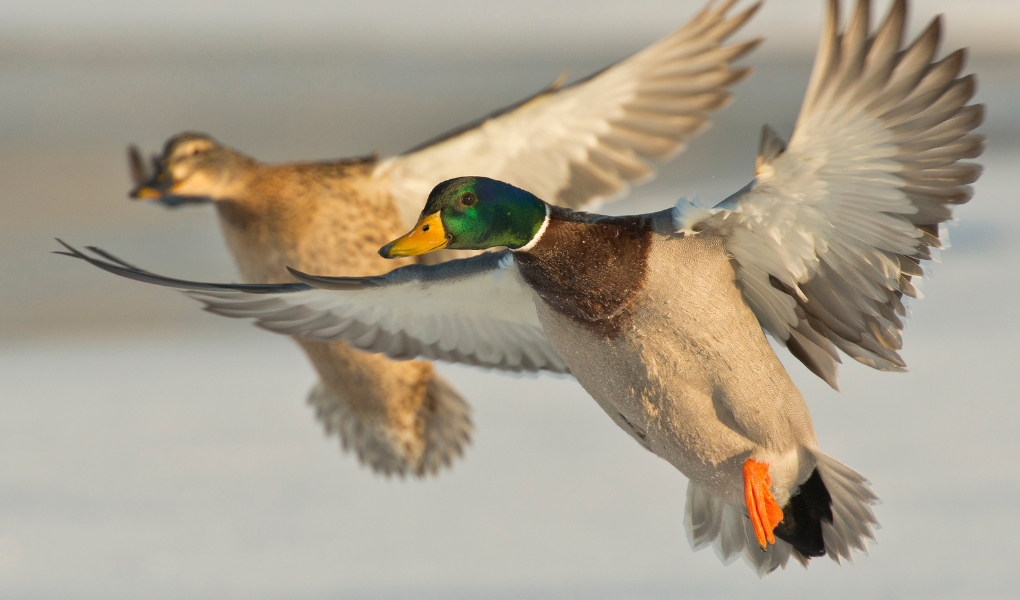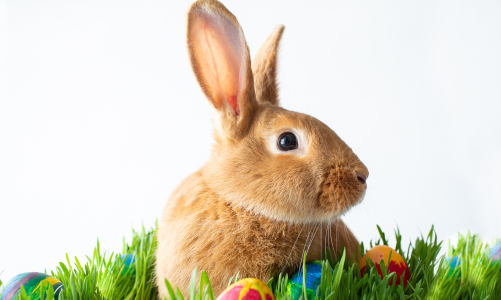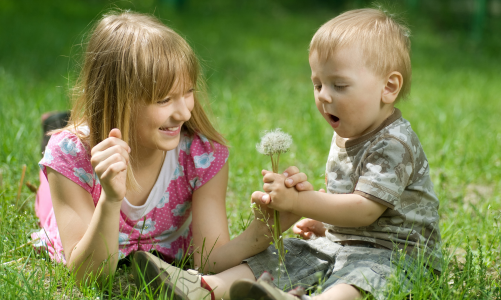As parents, we strive to provide our children with enriching experiences that ignite their curiosity and foster their love for learning. One creature that fascinates both my toddler and preschooler at the moment is the duck, with its quacks, waddles, and affinity for water. If your child is equally intrigued, here is how you can help them learn about ducks in French.
What is duck in French?
Disclosure: Please note that if you click through the affiliate links and make a purchase, I will earn a commission (at no extra cost to you).
Duck in French is un canard.
The female duck is une cane while duckling in French is un caneton.
Duck Discovery
If you live close to a pond, river, or lake, take your kids on a nature walk to observe these wonderful birds in their natural environment. You can point to them and say:
The ducks are quacking. Les canards font coincoin.
Ducks like water. Les canards aiment l’eau.
During the breeding season, when the differences are more pronounced, you can help your children notice the feathers of the male and female ducks.
Feather – une plume (individual feathers), un plumage
Difference between une plume and un plumage:
Both words refer to feathers in French, but they have slightly different meanings:
- Une plume: This term specifically refers to individual feathers. For example, you can say “une belle plume” (a beautiful feather) or “une plume d’oiseau” (a bird feather).
- Un plumage: This term refers to the overall collection or arrangement of feathers on a bird’s body. It encompasses all the feathers that make up a bird’s coat or covering. It describes the complete set of feathers and their arrangement as a whole. For example, you can say “un plumage coloré” (colorful plumage) or “le plumage d’un paon” (the plumage of a peacock).
During your stroll, your little explorer may wonder what ducks eat, and that is another great way to introduce and practice French vocabulary such as:
Aquatic plant – une plante aquatique
Grain – une graine
Insect – un insecte
Physical characteristics of ducks
Ducks are birds with special physical features that make it easy for kids to recognize them.
Beak – un bec
Wing – une aile
Leg – une patte
Webbed foot – une palme
Feather – une plume
Neck – un cou
French verbs related to ducks
As you and your children watch the ducks, you can also introduce or practice verbs that are associated with their movements.
To swim – nager
To dive – plonger
To float – flotter
To fly – voler
To take flight – s’envoler
To follow (as ducklings following their mother) – suivre
Pond Sensory Play


When you get back from your walk, you can create a sensory play area to mimic a duck’s habitat. Fill a large container with water and add toy ducks, small pebbles, and aquatic plants. Let your child explore the mini pond, observing how ducks swim and interact with their environment. Encourage them to describe the sensory experiences using simple French phrases like “le canard nage” (the duck is swimming).




